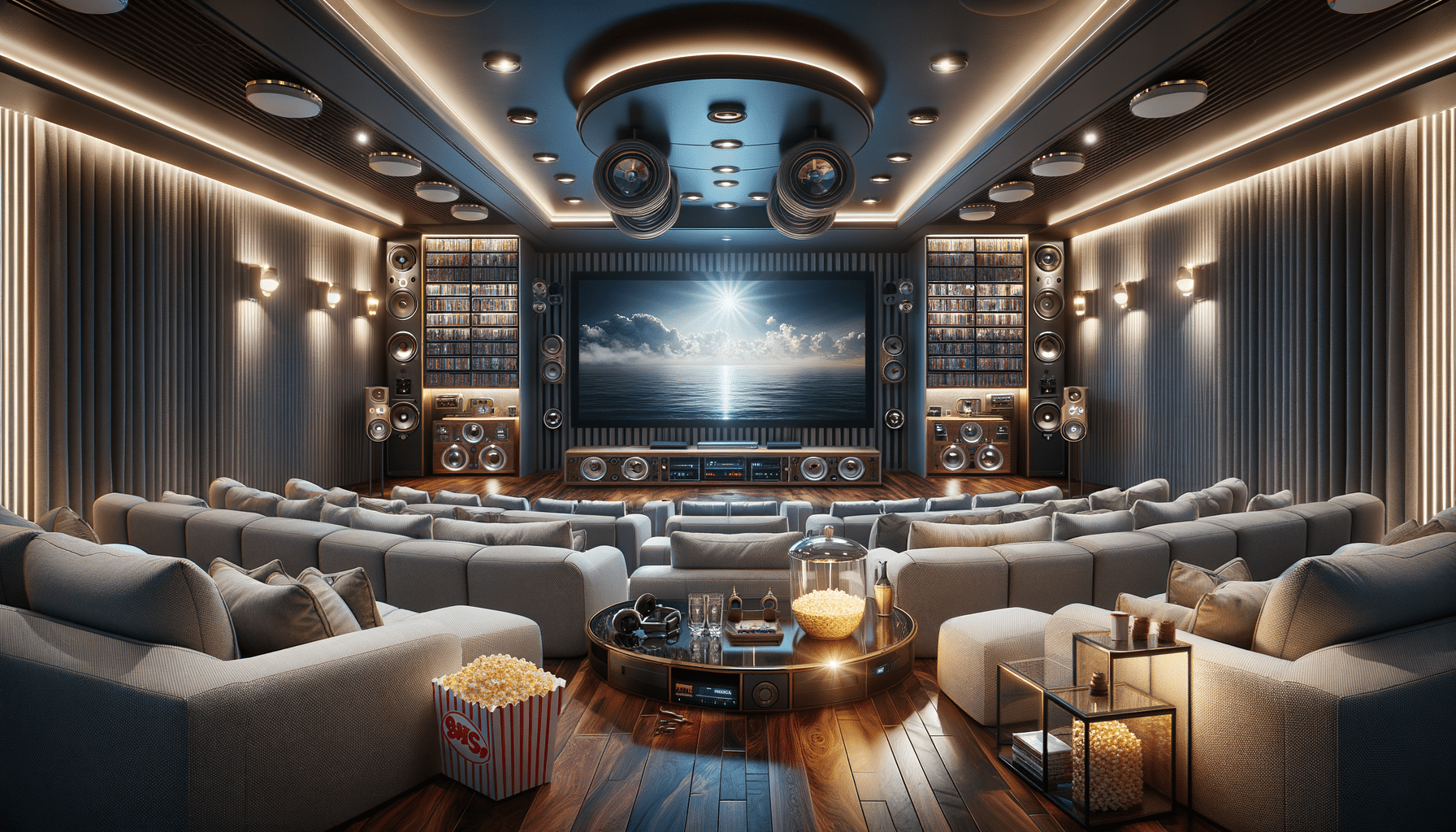
home theater
Introduction to Home Theater Systems
In today’s fast-paced world, having a home theater system has become a popular choice for many households. It offers an immersive experience that brings the magic of cinema right into your living room. Whether you’re a movie enthusiast, a sports fan, or a gamer, a well-set-up home theater can enhance your entertainment experience significantly. This article explores the various components of a home theater, how to choose the right equipment, and tips for creating the ideal setup.
Essential Components of a Home Theater
A home theater system is composed of several key elements that work together to create an immersive audio-visual experience. Here are the essential components you should consider:
- Display: The screen is the centerpiece of your home theater. Options range from large LED TVs to projectors that can display on a dedicated screen or wall.
- Sound System: High-quality audio is crucial. Consider a surround sound system with multiple speakers strategically placed around the room for an enveloping sound experience.
- Source Components: These include DVD/Blu-ray players, streaming devices, or gaming consoles that provide the content.
- Receiver: The receiver acts as the hub of your home theater, connecting all components and managing audio and video inputs and outputs.
- Seating: Comfortable seating enhances the viewing experience. Recliners or theater-style seating are popular choices.
Choosing the Right Equipment
Selecting the right equipment for your home theater can be daunting, given the myriad of options available. Here are some tips to help you make informed choices:
Budget: Determine how much you’re willing to spend. High-end equipment offers exceptional quality, but there are also budget-friendly options that deliver excellent performance.
Room Size: The size of your room will influence your equipment choices. For smaller spaces, a soundbar and a large TV might suffice, while larger rooms may benefit from a projector and a full surround sound system.
Compatibility: Ensure all components are compatible with each other. Check for HDMI ports, wireless connectivity options, and support for the latest audio and video formats.
Future-Proofing: Consider investing in equipment that supports future technologies, such as 4K resolution and HDR, to keep your system up-to-date.
Setting Up Your Home Theater
Once you have selected your equipment, the next step is setting up your home theater. Here are some steps to guide you:
Room Layout: Plan the layout of your room, considering the placement of the display, speakers, and seating. Aim for a central viewing position with speakers placed for optimal sound distribution.
Acoustic Treatment: Consider adding acoustic panels or curtains to improve sound quality by reducing echoes and absorbing unwanted noise.
Cable Management: Organize cables to prevent clutter and ensure safety. Use cable ties or conduits to keep them neat and out of sight.
Calibration: Calibrate your audio and video settings for the best performance. Many receivers offer automatic calibration tools to simplify this process.
Enhancing Your Home Theater Experience
To elevate your home theater experience, consider these additional features:
Smart Home Integration: Integrate your theater with smart home devices for voice control and automation. Control lights, sound, and video with a single command.
Streaming Services: Subscribe to streaming services that offer a wide range of movies, shows, and exclusive content. Ensure your internet connection is fast and stable for uninterrupted streaming.
Gaming Console: If you’re a gamer, consider adding a gaming console to your setup for an immersive gaming experience on the big screen.
Ambient Lighting: Use ambient lighting to create a theater-like atmosphere. LED strips or smart bulbs can enhance the visual appeal of your room.
Conclusion: Creating Your Personal Cinema
Creating a home theater is an exciting venture that allows you to bring the cinematic experience into your home. By carefully selecting components, planning your setup, and considering additional features, you can design a space that meets your entertainment needs and provides countless hours of enjoyment. Whether you’re watching the latest blockbuster, cheering for your favorite sports team, or diving into a video game, your home theater will be the ultimate entertainment hub for you and your family.


